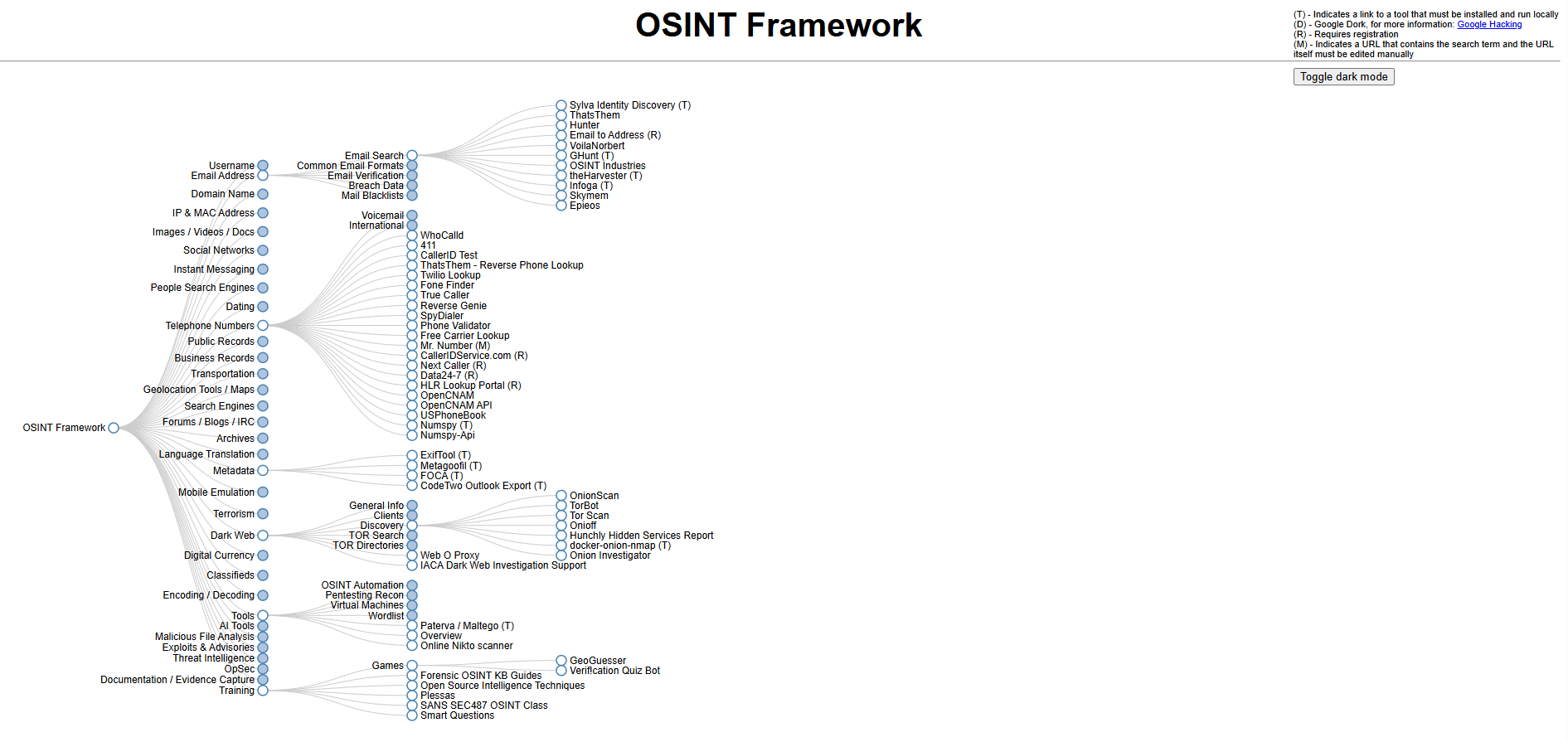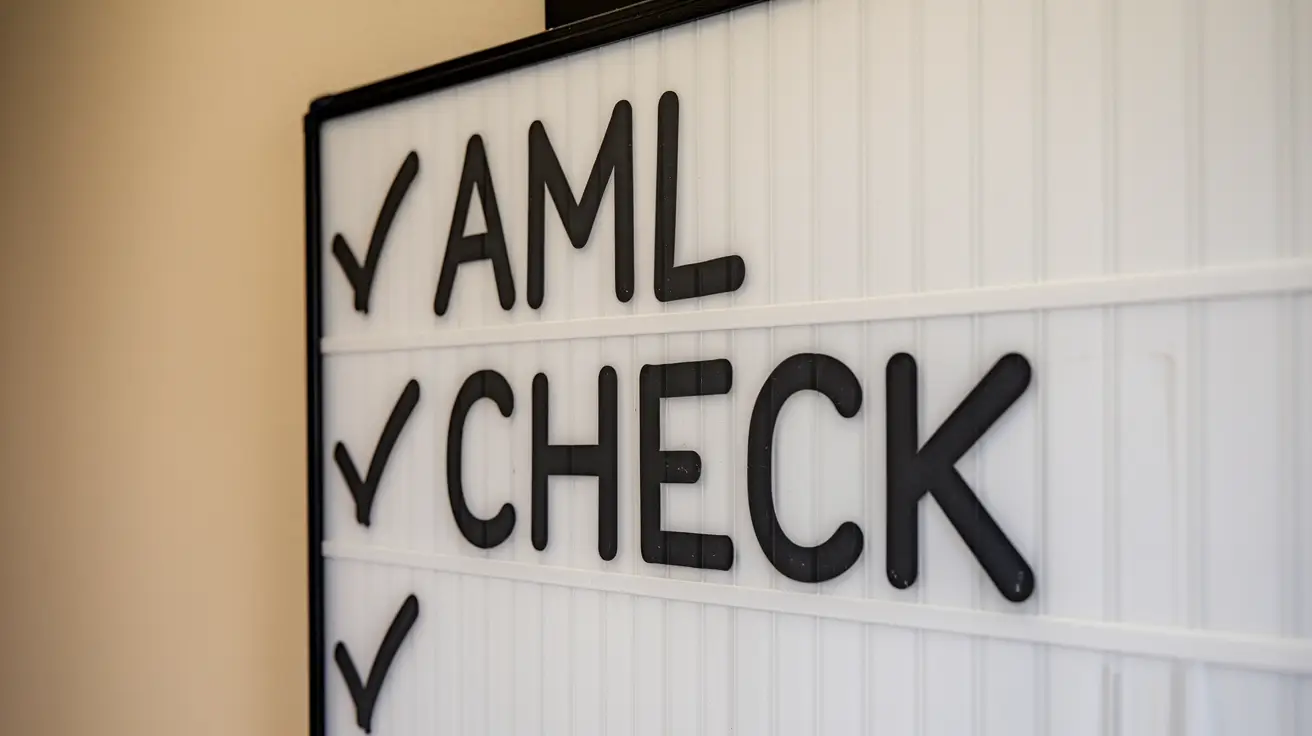Ownership Structure Rules for Compliance & Security

Learning the structure of company ownership is necessary to ensure that compliance and protection of the business operations are maintained. Any organization of any size must have a clear understanding of the owners, the controllers and the beneficiaries of the company. In the modern regulatory setting, companies should not only be efficient, but also transparent. A documented business ownership structure is no longer a choice and is a very imperative compliance measure that will avert fraud, money laundering and other financial offences.
Importance of Defining Company Ownership Structure
A company ownership structure is defined as the manner of sharing ownership rights between the shareholders, partners, or members. It defines who is entitled to make decisions, who enjoys profits and who incurs liabilities. More significantly, compliance wise, it assists the regulators and other interested parties to know the persons or organizations that will have the ultimate power over the business. Such transparency is crucial towards fighting financial frauds and providing equitable business operations.
When a business has a clearly defined corporate ownership structure, it becomes easier to meet local and international reporting obligations. By revealing the name of their owners, regulators commonly make firms do this so that no shoddy players are operating behind the shell companies. In the case of businesses, the explicit ownership map is efficient in meeting the legal requirements, additionally, develops confidence in investors, partners, and customers.
Beneficial Ownership Reporting Requirements
The global focus on beneficial ownership reporting is one of the greatest changes of corporate compliance. The real people who own or run a company or benefit as the ultimate owners even though their names may not feature in publicly available records are the beneficial owners. Legal frameworks in most jurisdictions have compelled companies to submit Beneficial Ownership Information to government bodies.
Reporting on this information in an accurate manner assists the governments in tracking the risks that may arise like tax evasion, funding of terrorism, and fraud. Failure to comply with the positive requirements of reporting ownership may lead to fines, penalties and loss of reputation. To that end, companies should come up with internal procedures to determine and confirm who are their ultimate owners and refresh such information on a regular basis.
The Ultimate Beneficial Owner (UBO) Role
An Ultimate Beneficial Owner (UBO) is defined as an individual or a group of individuals owning or controlling a legal entity in the end. The UBO is another important step that compliance teams should identify. Before financial institutions, regulators, and even business partners can conduct transactions with them, they might require a demonstration of the UBO information.
The non-disclosure or appropriate identification of the UBO may lead to regulatory and even criminal penalties on a business. The UBO records should be kept in good order, which would enable a company to show transparency and decrease its risk profile considerably.
Building a Compliant Business Ownership Structure
A compliant business ownership structure starts with accurate documentation. This involves shareholder agreements, articles of incorporation, and documentation where ownership percentages are vividly given. Once this layer has been built then businesses need to make sure that the data of ownership is up to date, particularly following the major incidents such as new investments, mergers or transfer of ownership.
Periodic reviews by internal compliance teams should also be used to make sure that all Beneficial Ownership Information is updated. The technology solutions can assist in automating the tracking but the businesses must still carry on manual audits to identify any possible discrepancies.
Fraud Prevention and Risk Management
Natural company ownership arrangements are important in fraud prevention. Ownership records are more likely to be transparent, which makes it harder to conceal illegitimate activity on bad actors. This is especially required in the sectors that are highly susceptible to money laundering or corruption.
The compliance teams are expected to adopt robust Know Your Customer (KYC) and Know Your Business (KYB) practices in order to confirm the identity of the shareholders and beneficial owners. With such information compared to the global watchlists and databases, businesses will be able to prevent risks before they become more serious.
Regulatory Trends and International Fulfillment
International laws are becoming more oriented towards openness in the ownership structure of a business. Numerous jurisdictions are establishing governmental or publicly held registries in which Beneficial Ownership Information should be registered. International organizations also promote the exchange of information across boundaries in order to fight fraud and financial crime.
International companies have to be abreast with local legislation in all the countries where they are operating. This involves the tracking of alterations in beneficial ownership reporting requirements, deadline of filing and disclosure limits. Not only does proactive compliance avoid penalties but it also makes the company look like a reliable and a responsible organization.
Conclusion: Transparency As a Guarantee of Security
It is a principle of modern compliance to establish and maintain a clear company ownership structure. Reporting the Ultimate Beneficial Owner and maintaining the information on beneficial ownership accurately will help businesses to prevent fraud, escape penalty of various regulatory bodies, and promote the company image.
Being a controlled corporate ownership structure, the corporate ownership structure is not only performing the required regulatory duties, but it also provides a more secure environment to the stakeholders and partners. When done right, compliance is not only about doing what is legally done but it is also about earning trust and long term stability of the business.










